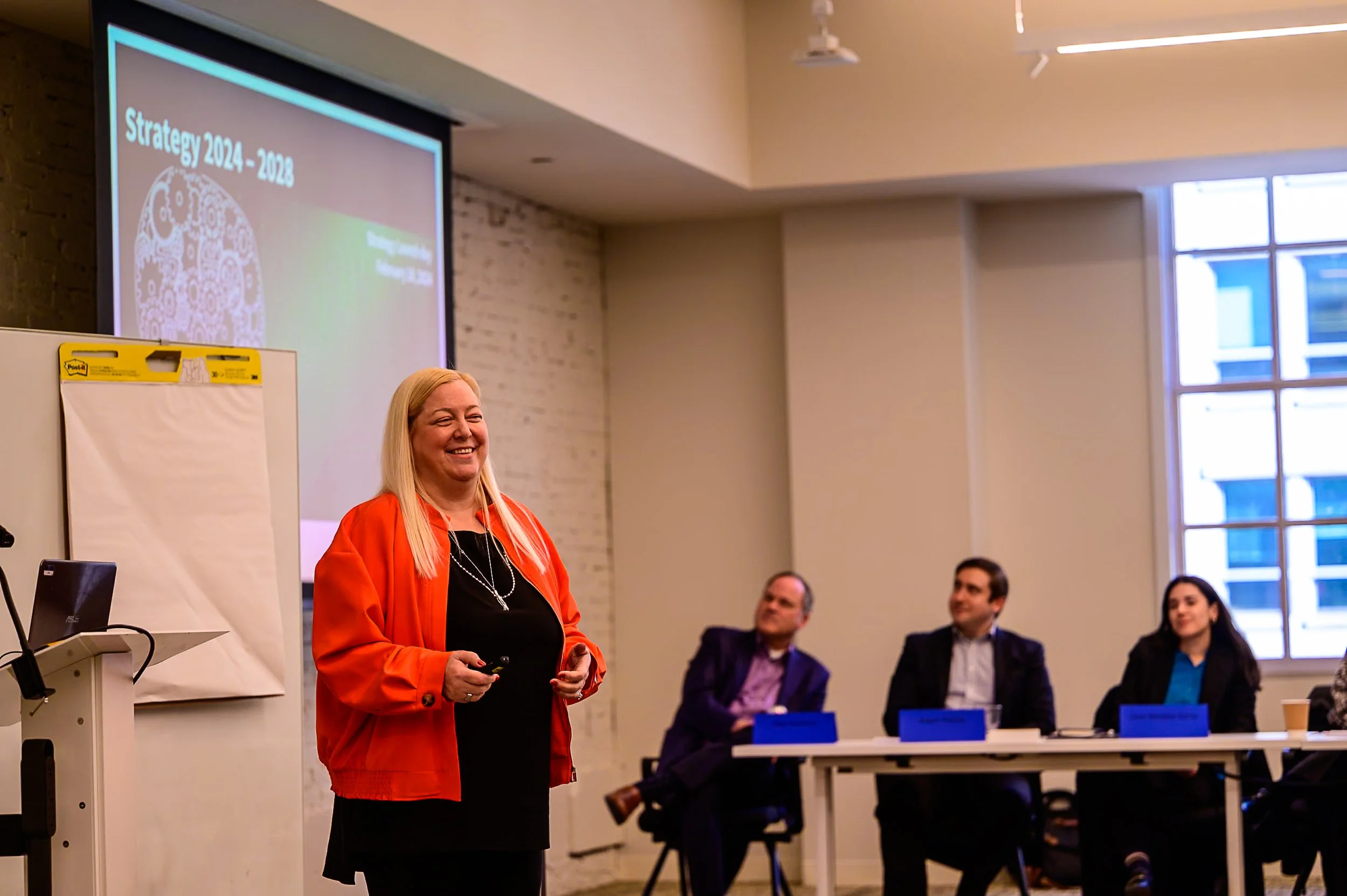
Why Speed is Now More Important Than Ever
This era of agile development, rapid prototyping and the pervasiveness of “apps” on phones, tablets, and computers, means that the public now more than ever expects a higher level of service and support.
The expectation of near instant information and improvements are thought to be most often felt by the millennial generation. Over time, we will likely see a greater proportion of the population demanding similar results. Both the private and public sectors, including the Federal government, need the capabilities to meet the changing norm.
Arc Aspicio’s Speed to Mission approach includes the right tools and processes that enable quick and meaningful results, meeting the public’s expectations of service. Two of these innovative tools are our Quick Win Assessment and Quick Risk Reduction accelerators. Both of these accelerators were developed based on techniques proven on numerous client projects.
The Quick Win Assessment accelerator defines a process for identifying and acting upon quick wins, which are simple to implement improvements that have a noticeable impact on the client’s mission. The accelerator derives improvement ideas from both the client’s mission and vision. The process is also collaborative, involving the client during each step of the process. By following the accelerator, we make changes at the speed required in this new world of instant information and updates.
Our Quick Risk Reduction accelerator enables a more agile approach to managing risk on a project. It provides our teams with the tools to quickly mitigate high impact and high probability risk. The actions that result from using the accelerator lead to rapid improvements on projects, so our clients can best meet their needs.
With constantly changing technologies and public expectations, a Speed to Mission approach and its numerous accelerators enable us to position our clients to easily adapt to changing missions and expectations.
The Government has no choice but to meet expectations, deliver innovative services more quickly, and operate at the pace of our newest generation.





















